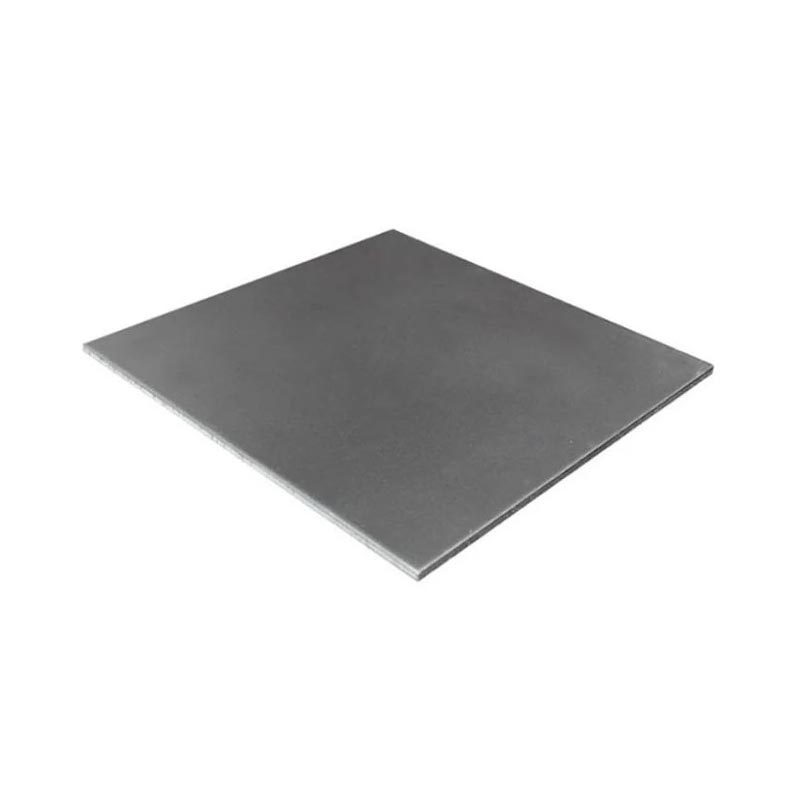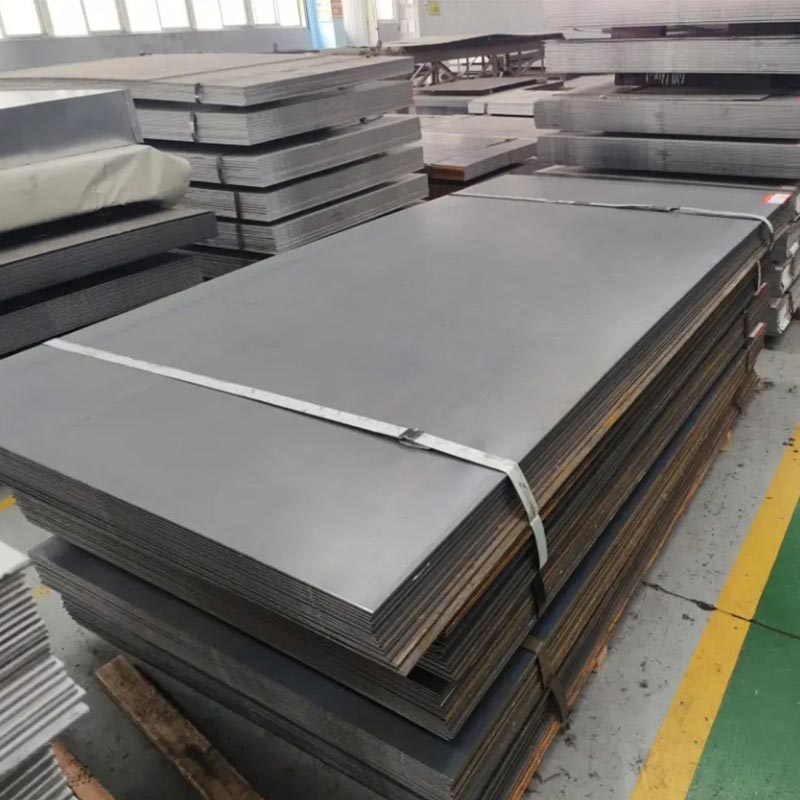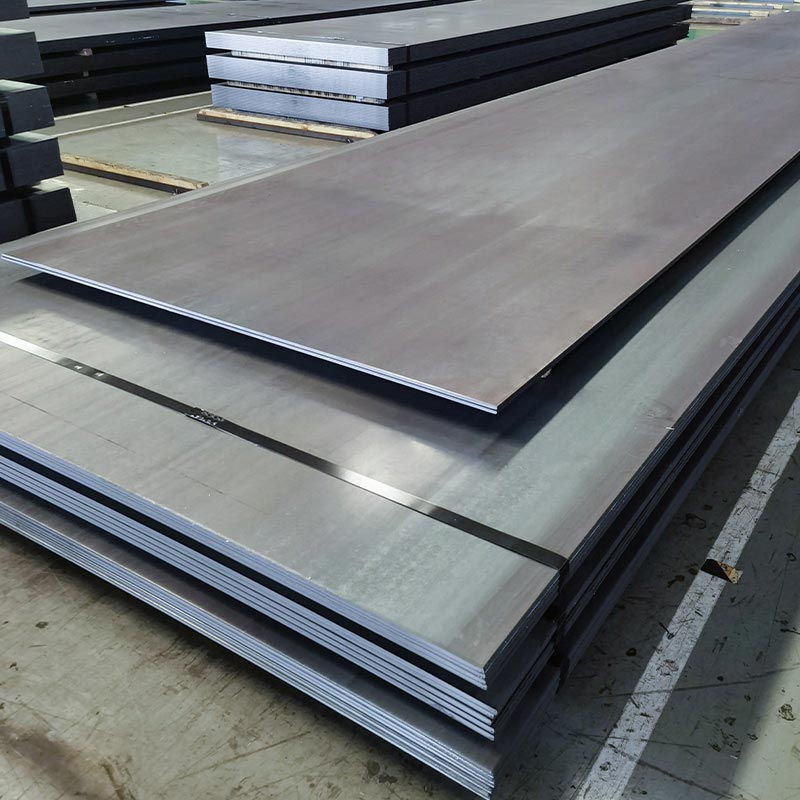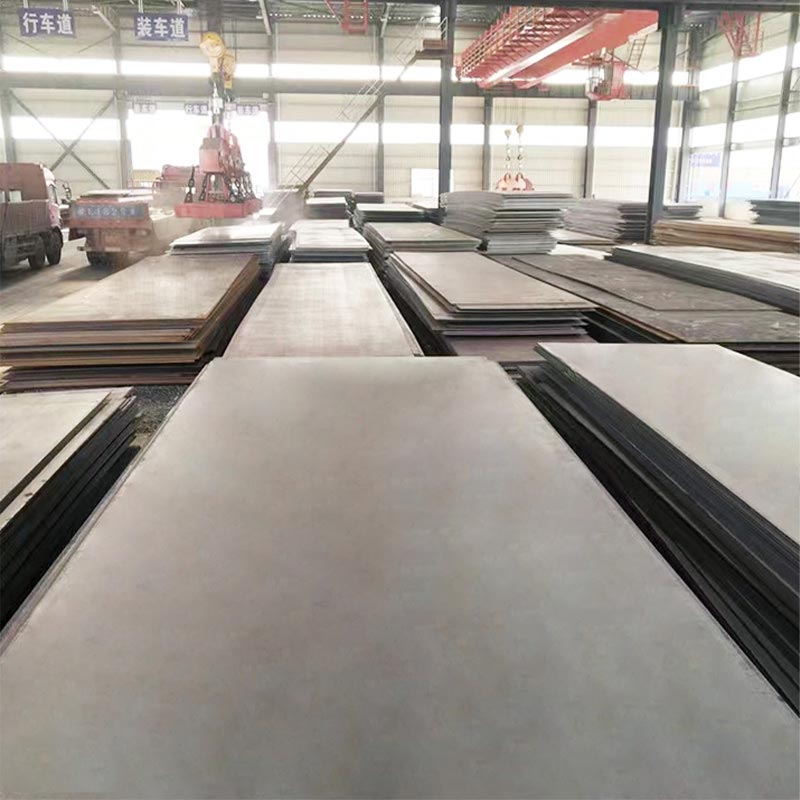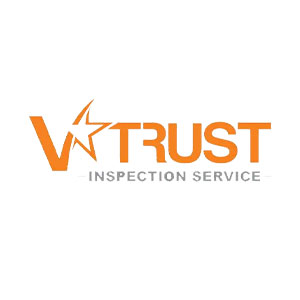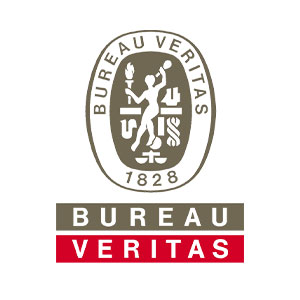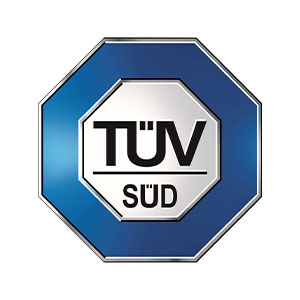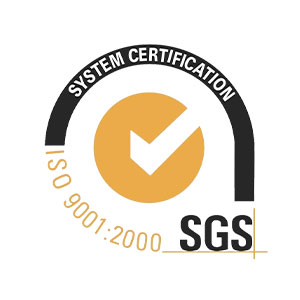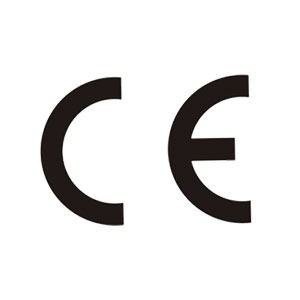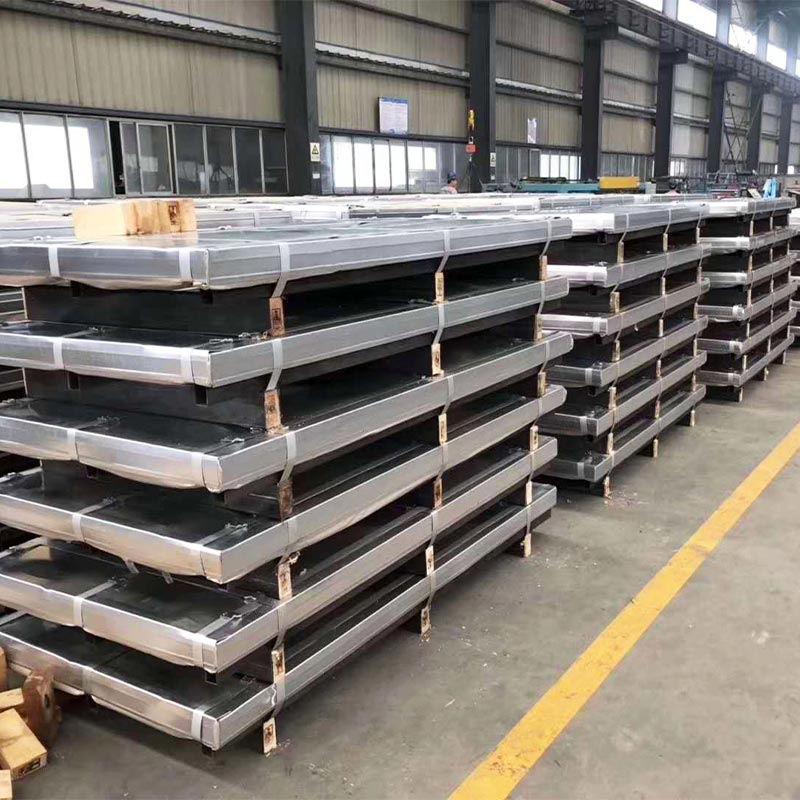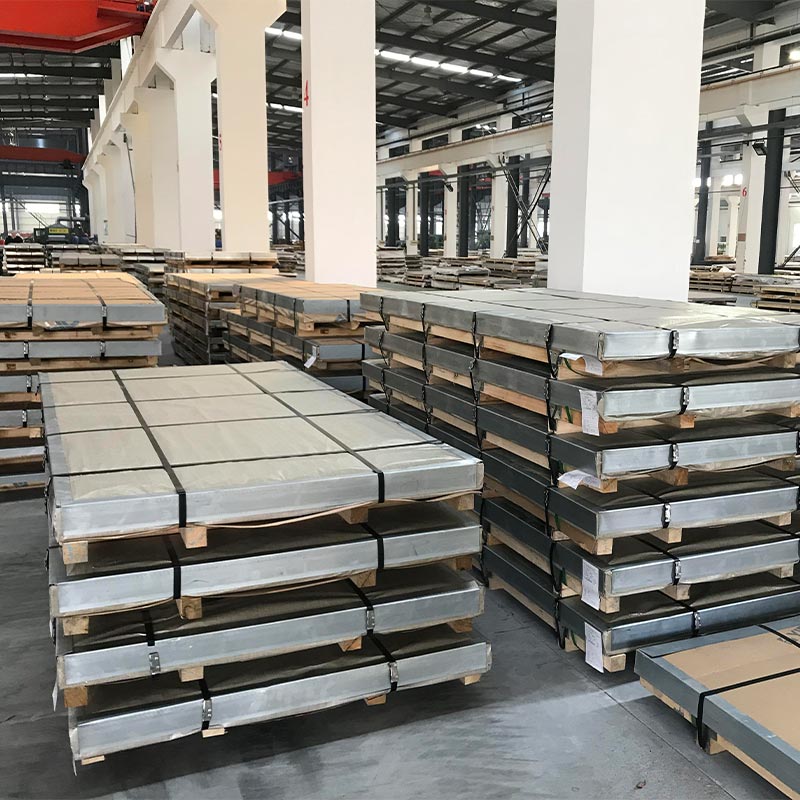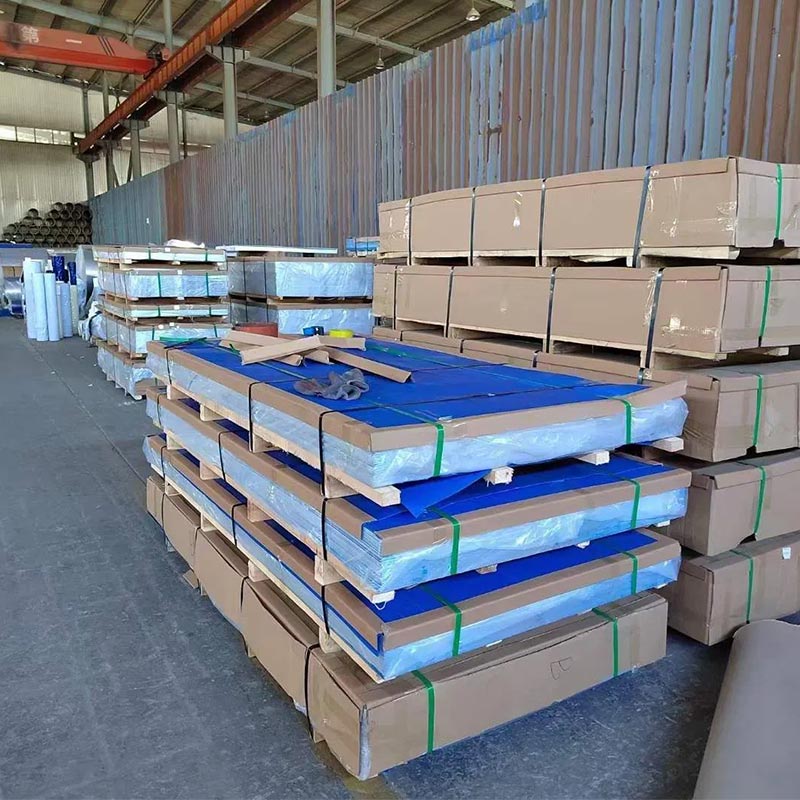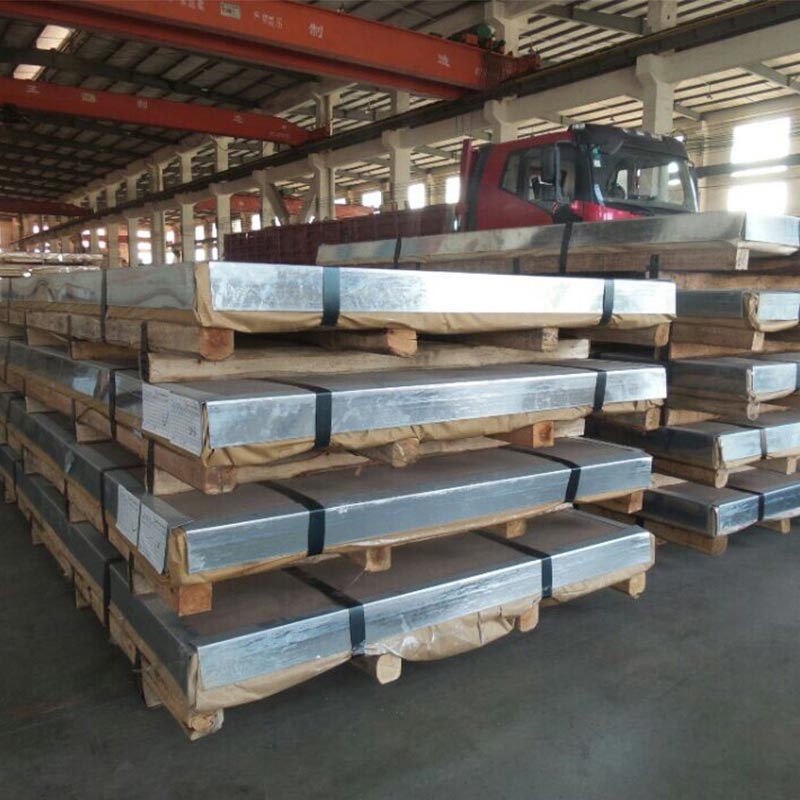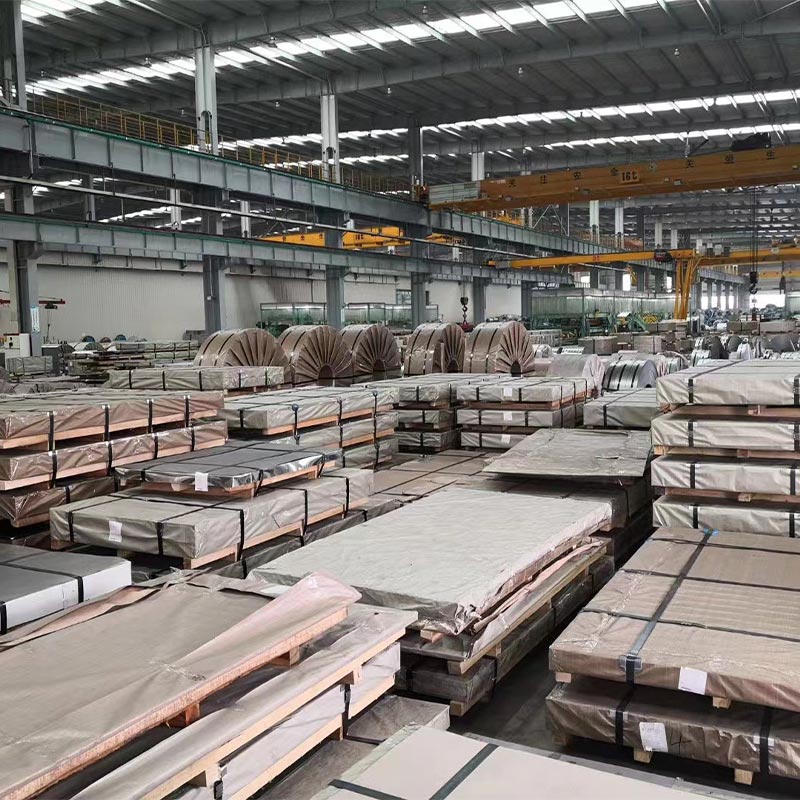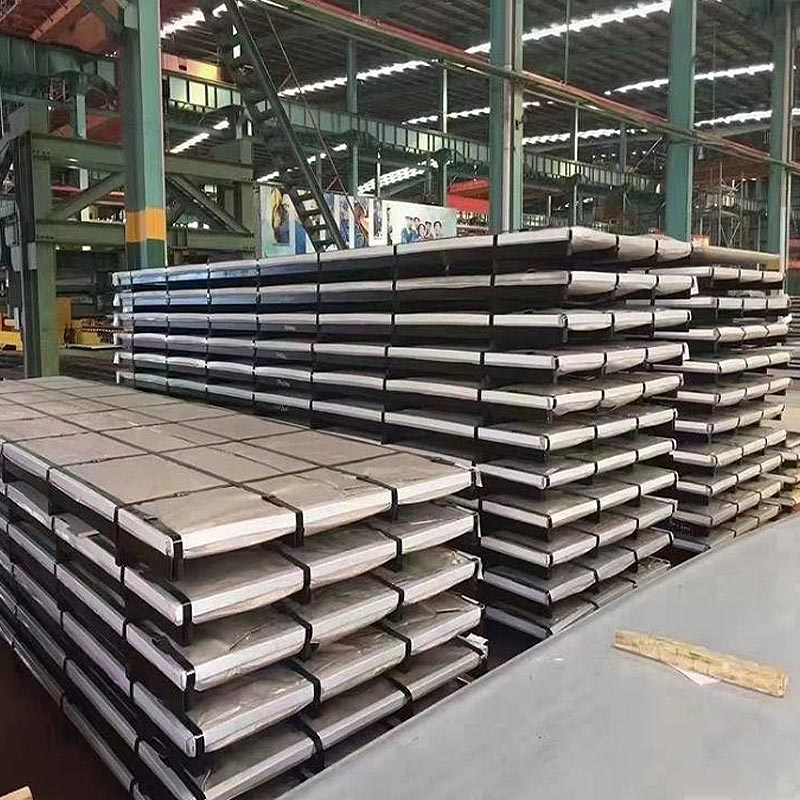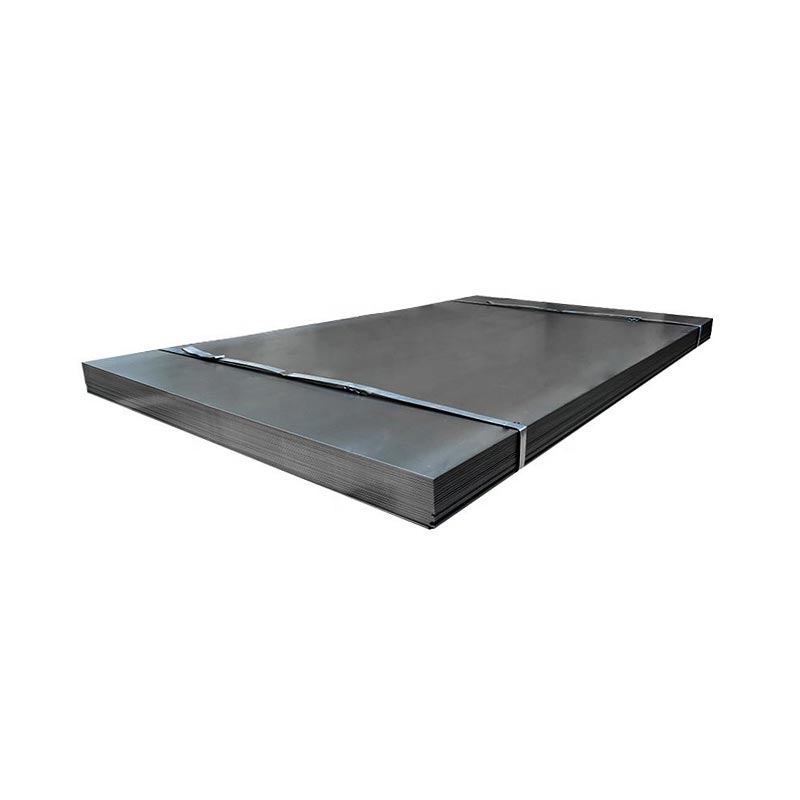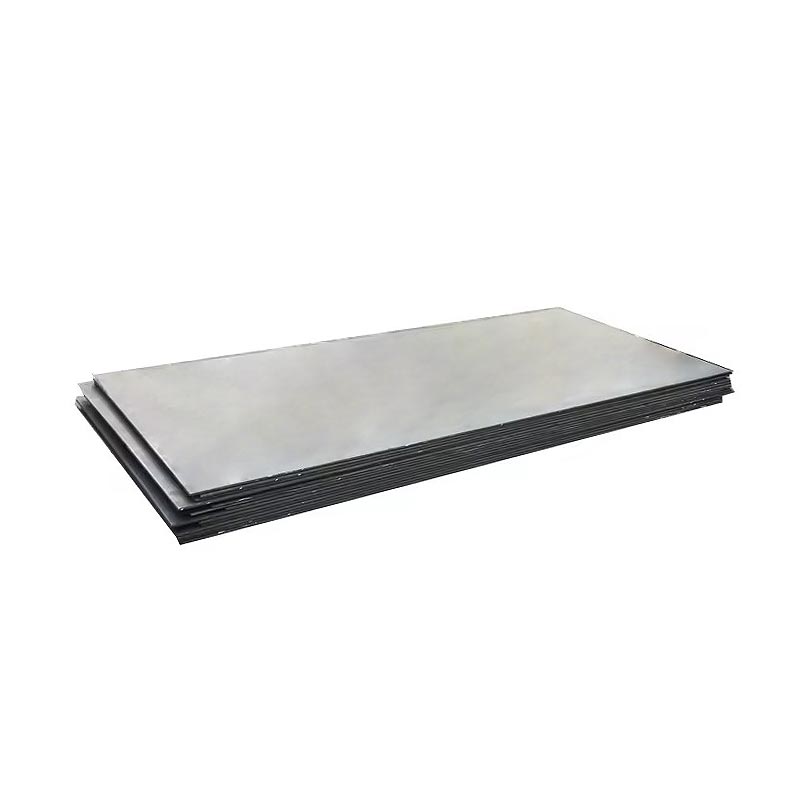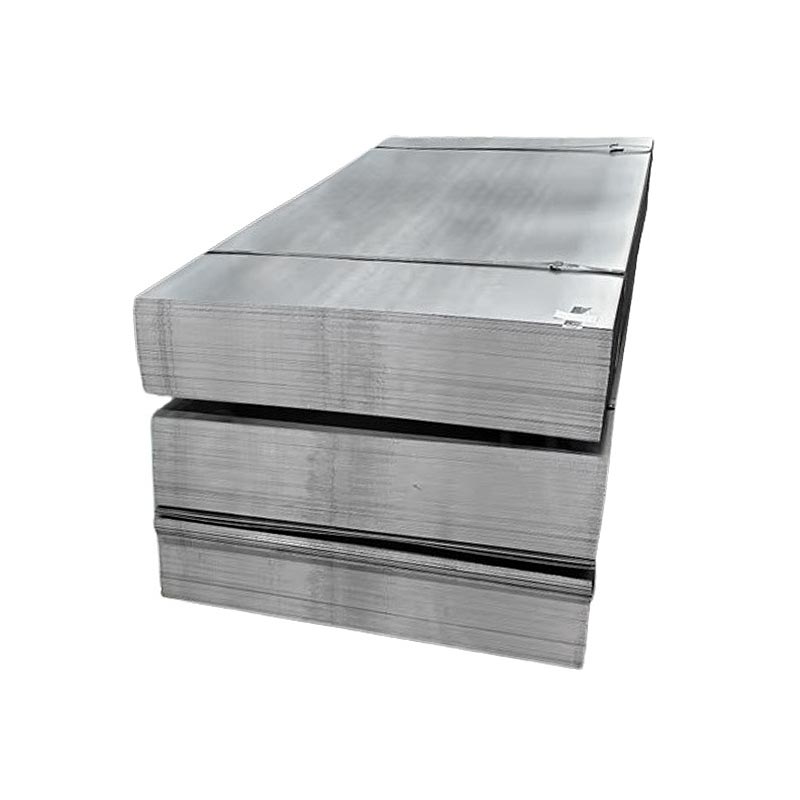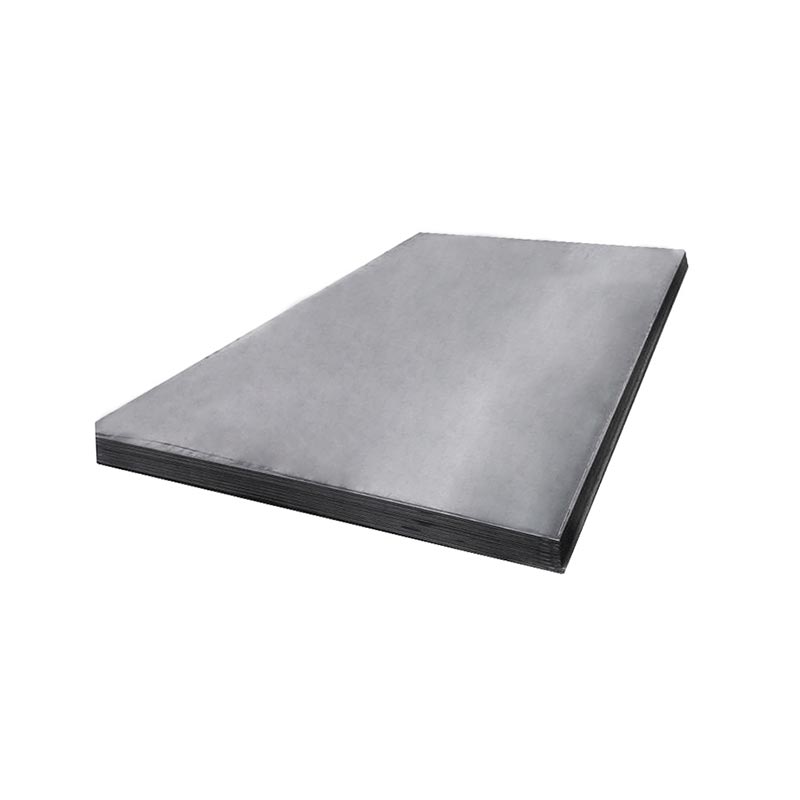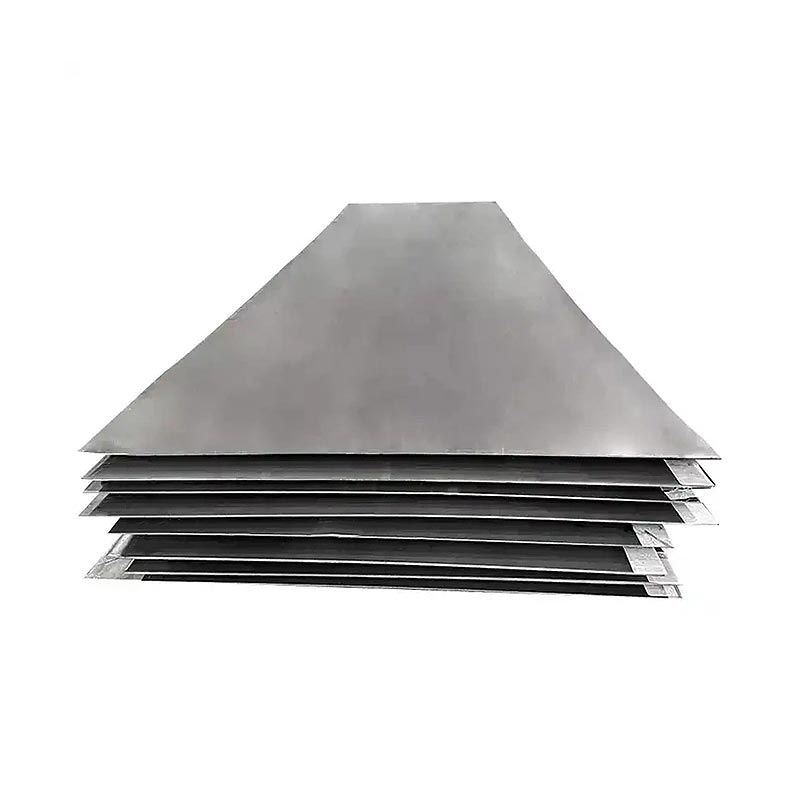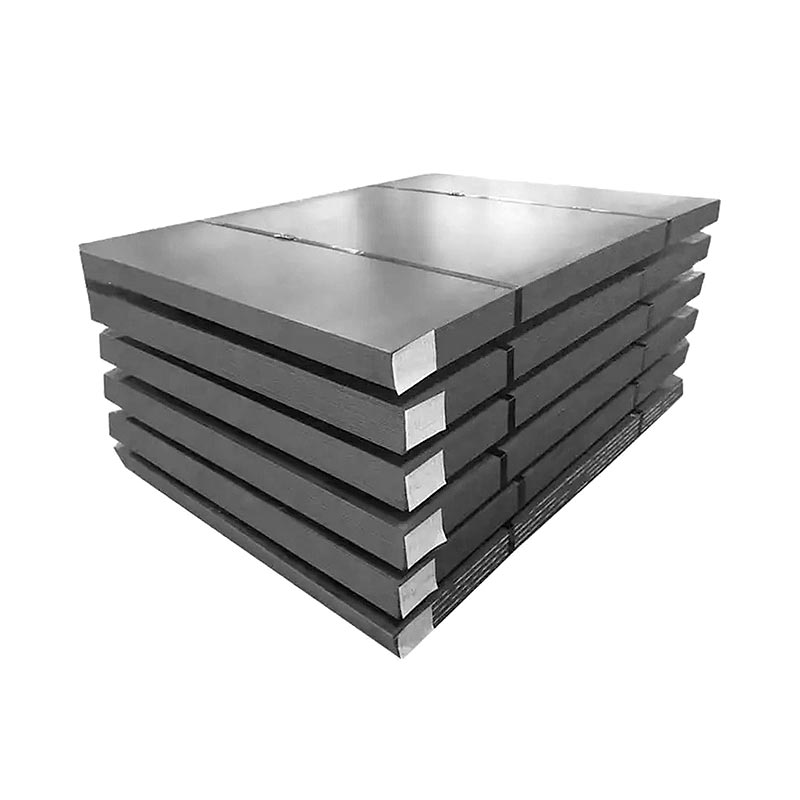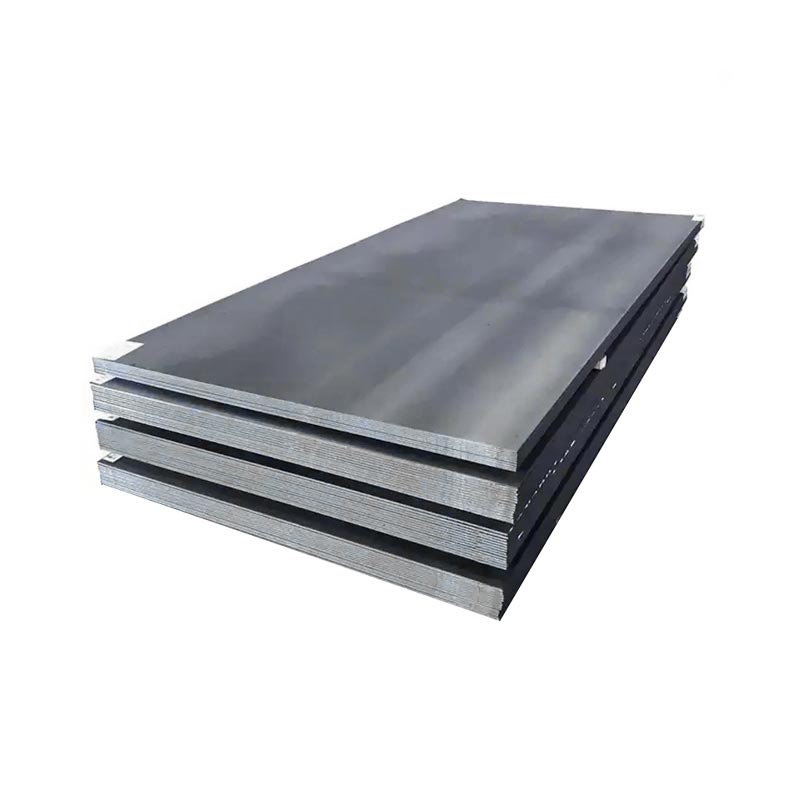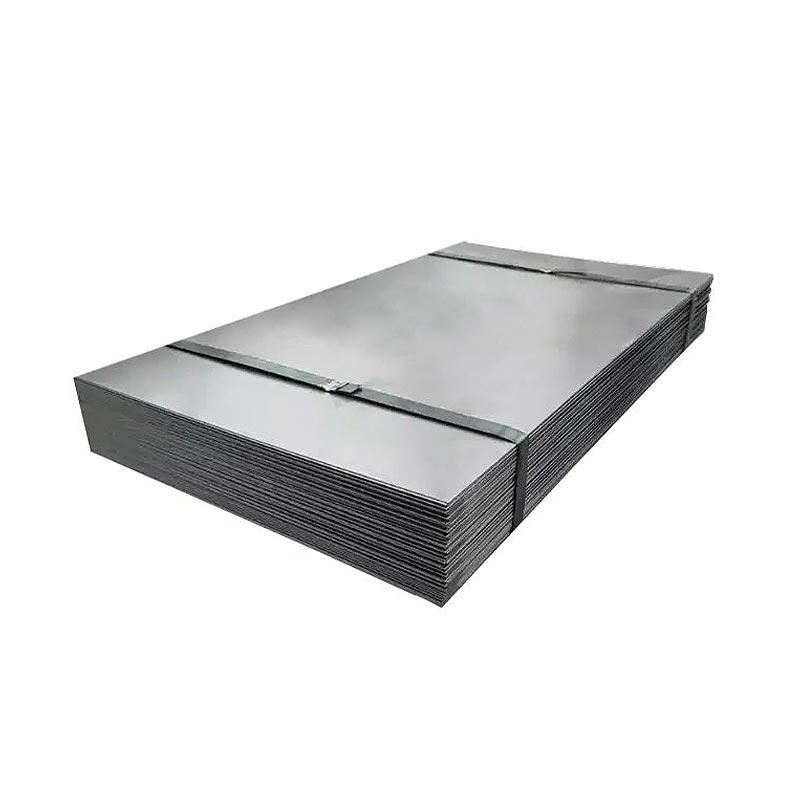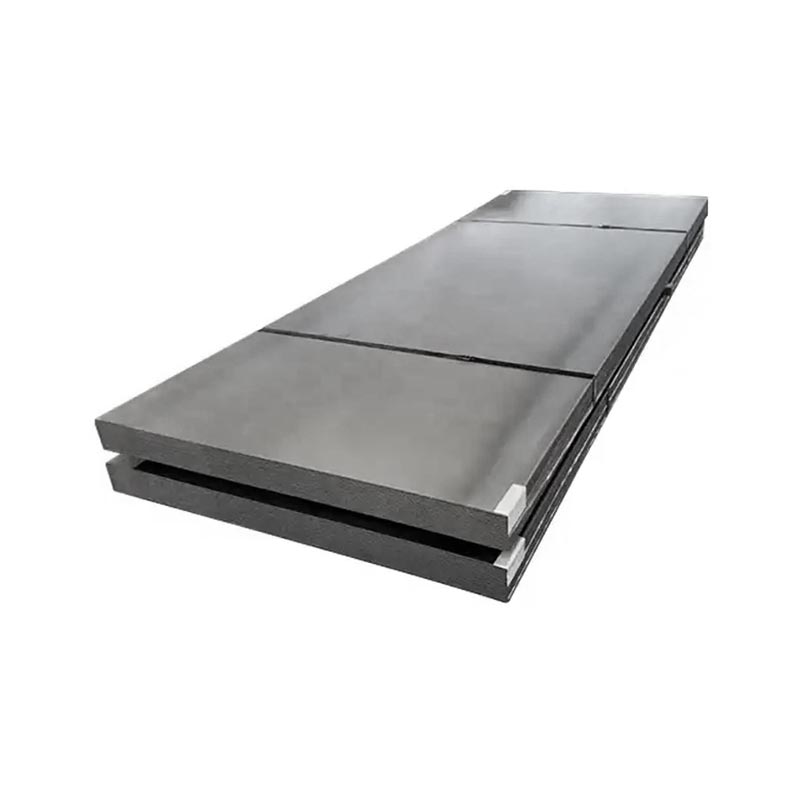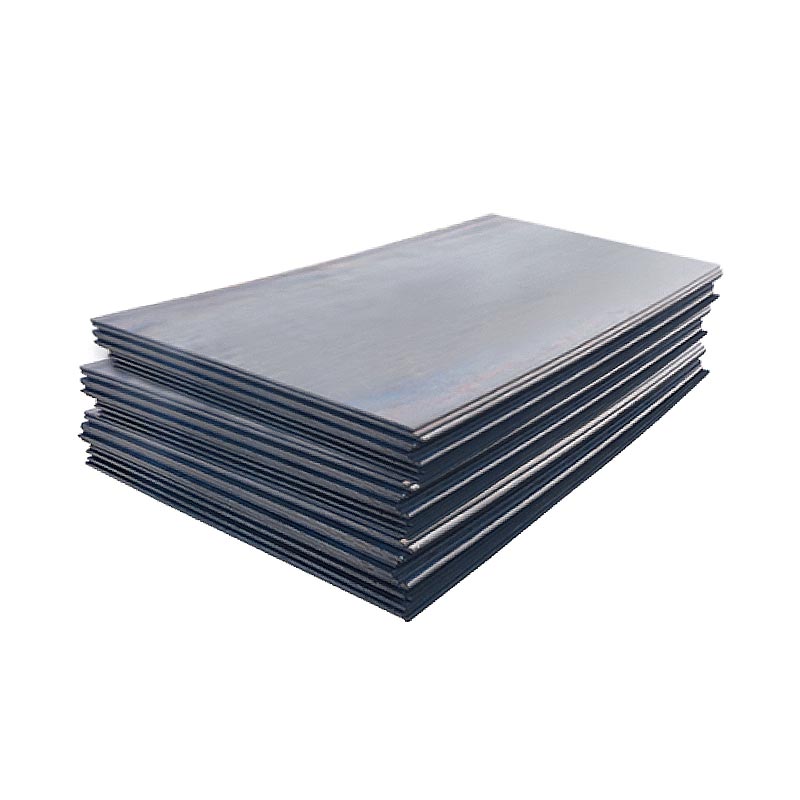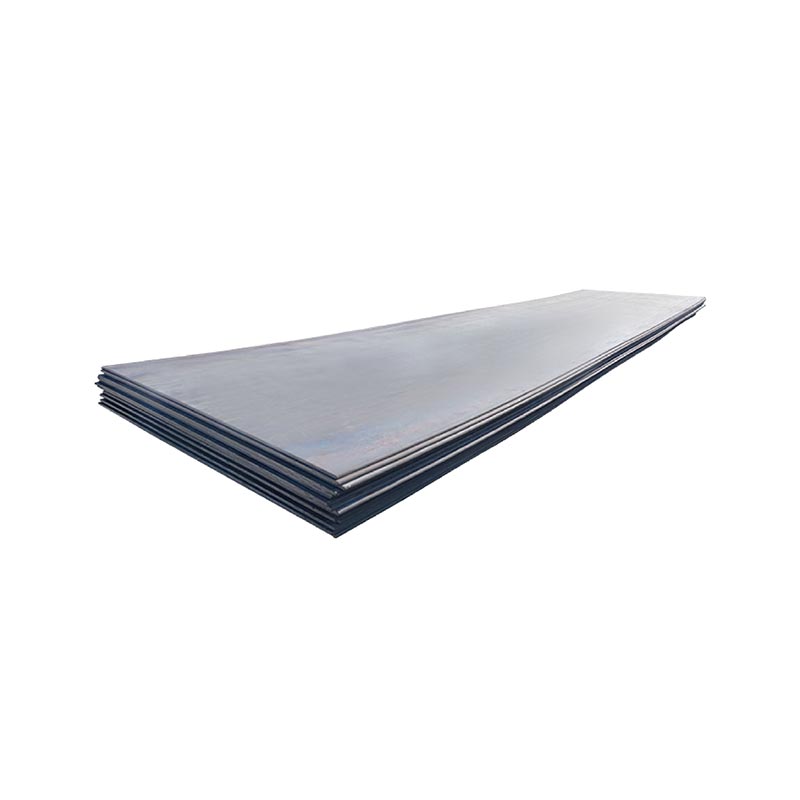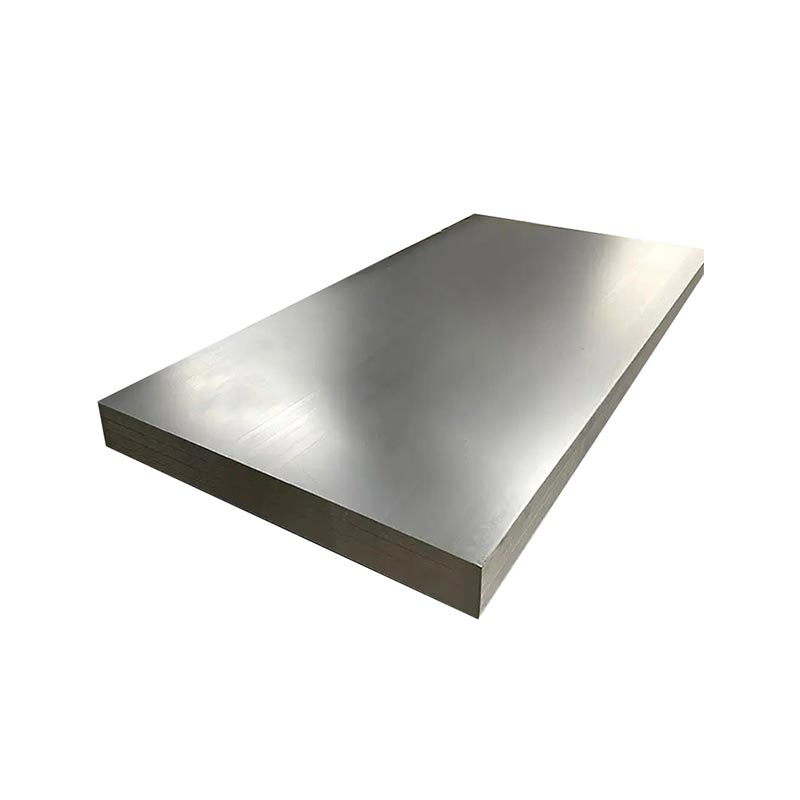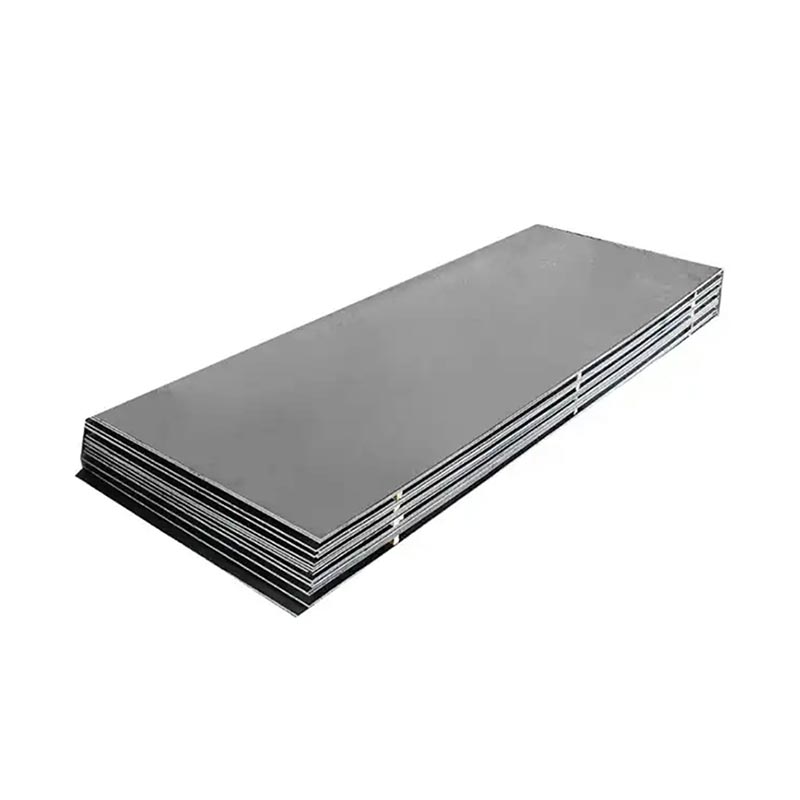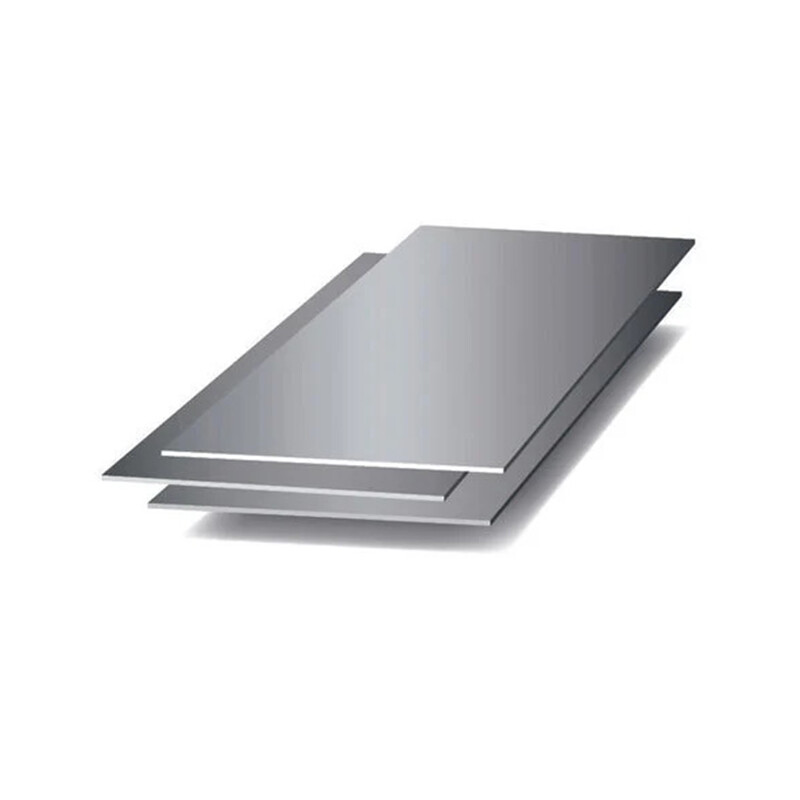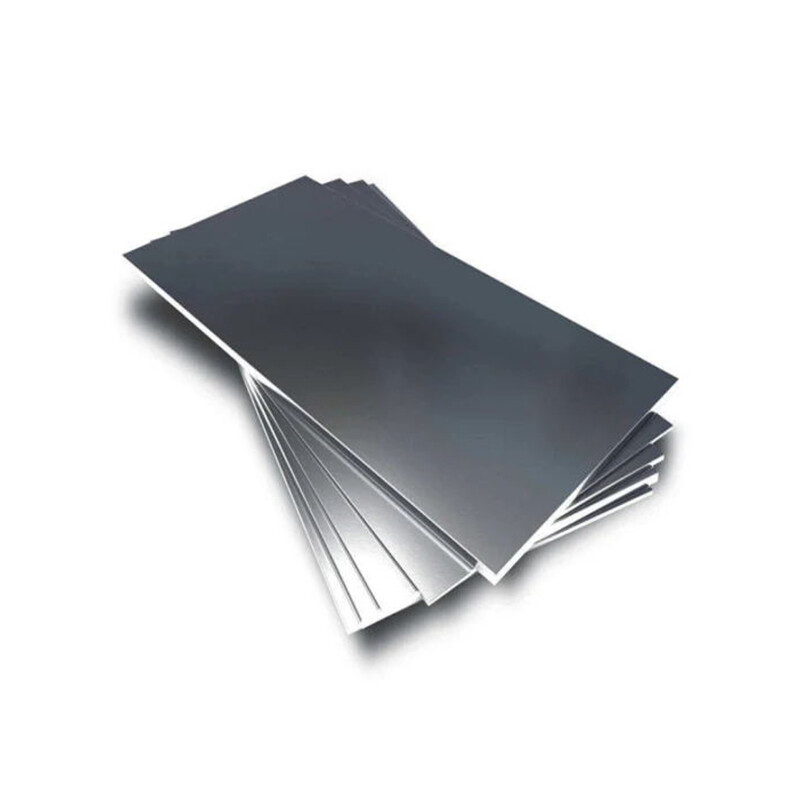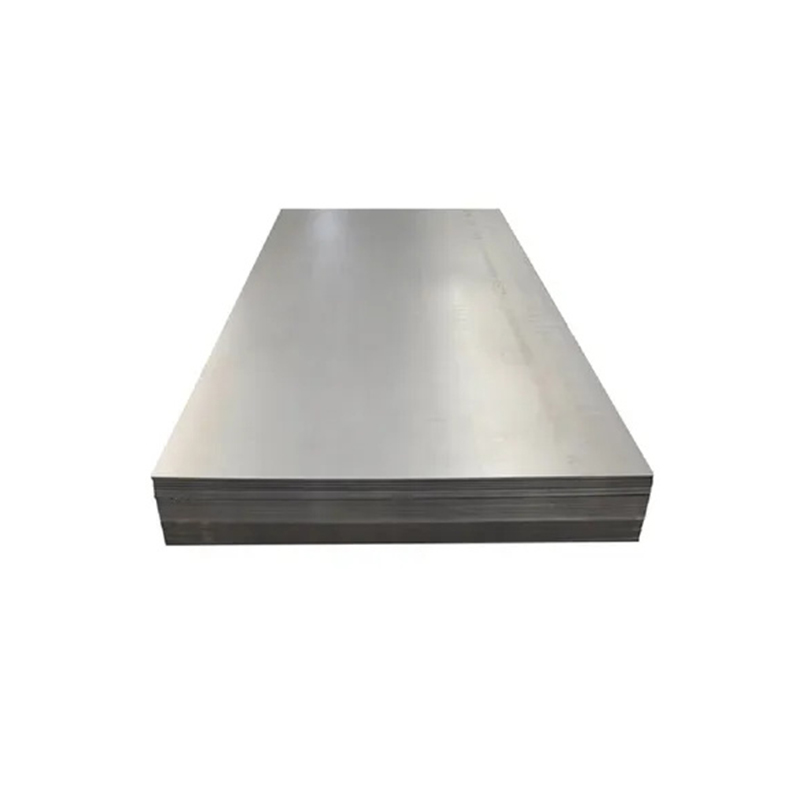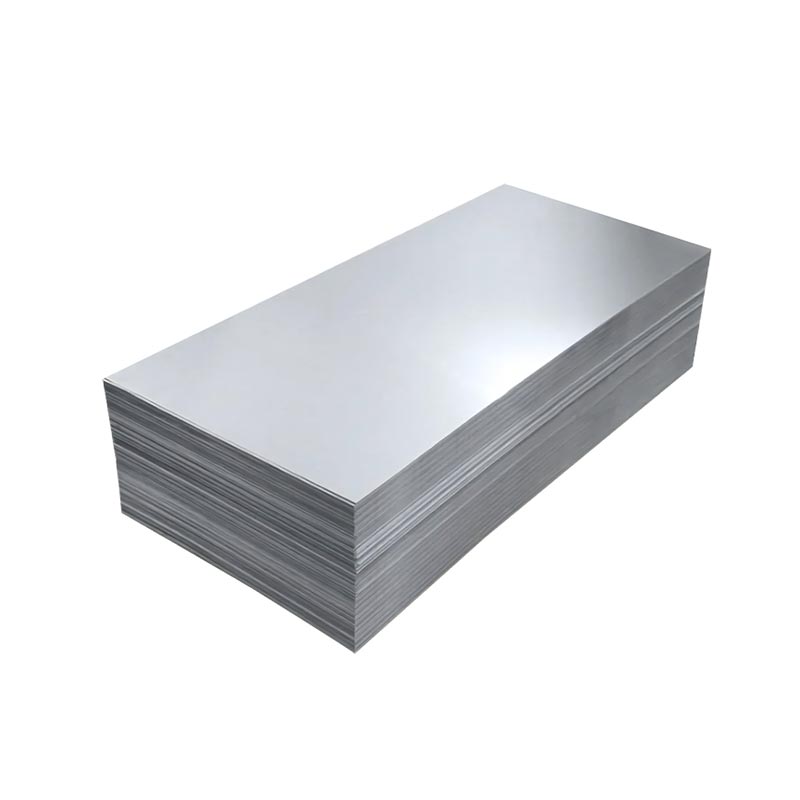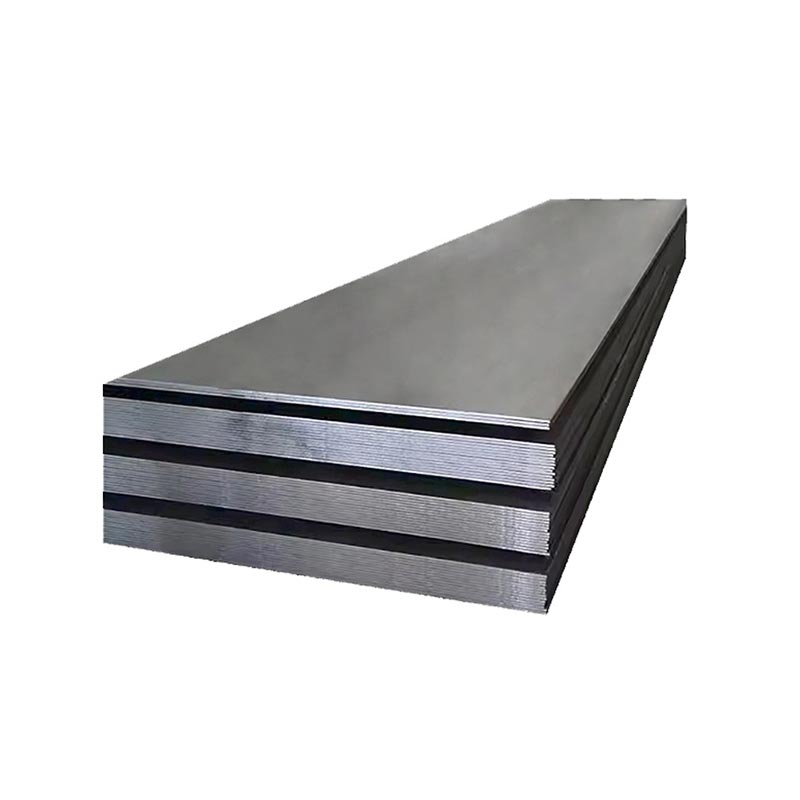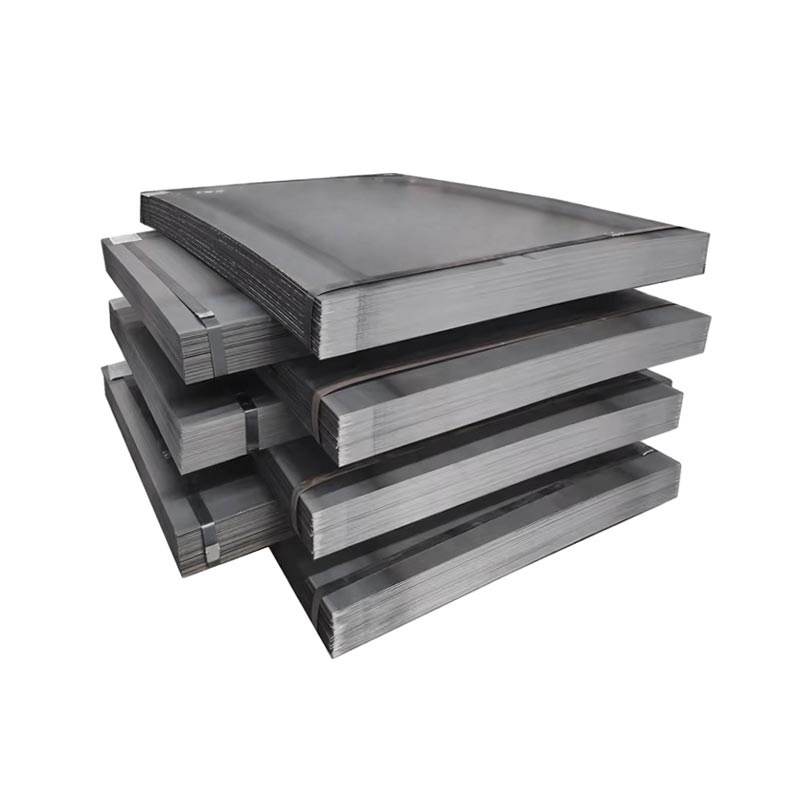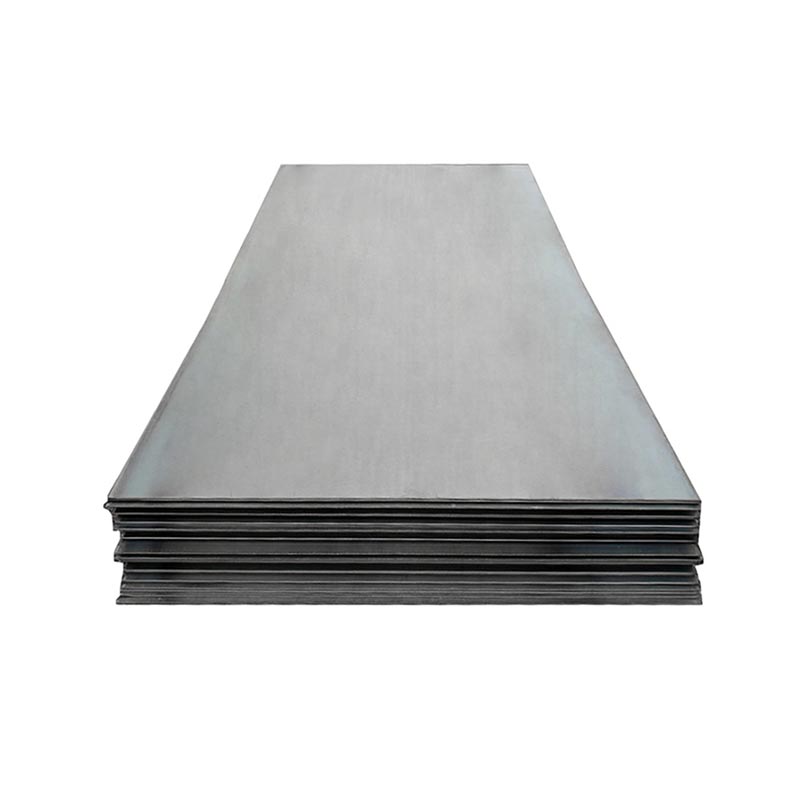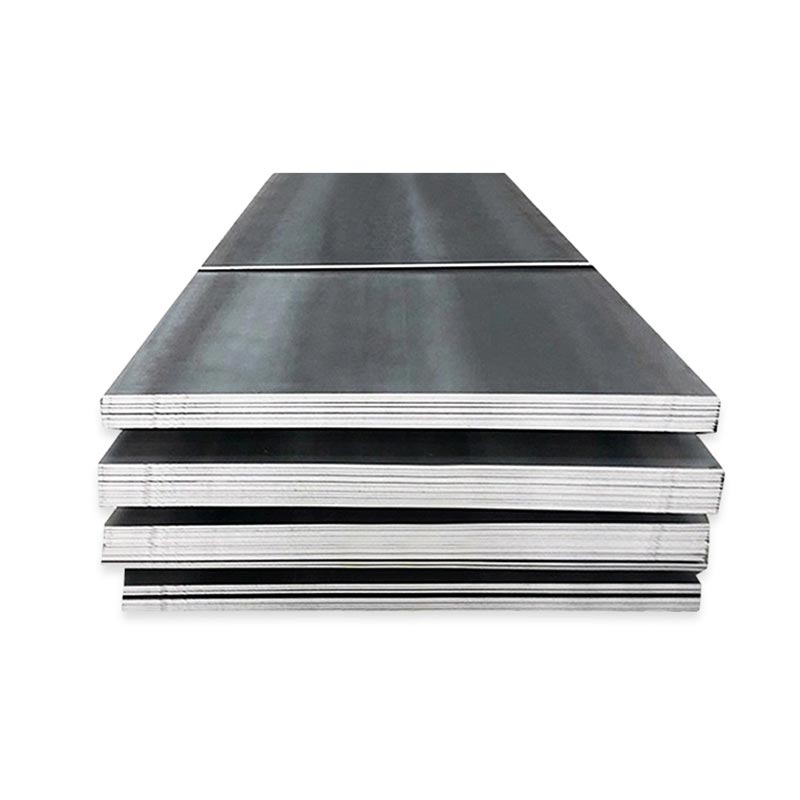Carbon Steel Plate
● A carbon steel plate is a flat sheet made from carbon steel, an alloy primarily composed of iron and carbon, with minimal other elements. It’s categorized by carbon content: low (≤0.25%), medium (0.25–0.6%), and high (>0.6%).
● Low-carbon plates offer ductility and weldability, ideal for construction or automotive parts. Medium-carbon variants balance strength and toughness, used in machinery. High-carbon types are hard but brittle, suited for tools or springs.
● Common grades include A36, S235JR, and A572. These plates vary in thickness, width, and finish, serving industries like construction, manufacturing, and energy for structural, industrial, or fabrication needs.
View Video
A514 Carbon Steel Plate
A514 is a high-strength, quenched-and-tempered alloy steel plate per ASTM standards, boasting a minimum yield strength of 100 ksi (690 MPa). It offers excellent toughness, weldability, and impact resistance, even at low temperatures. Widely used in heavy-duty applications like construction machinery, bridges, and pressure vessels, where high strength and durability under extreme loads are critical. Its heat-treated properties balance strength and workability for demanding structural needs.
Get A Quick Quote!
You Can Leave Us A Message
or Send Us An Email!
Product Details
Product Parameters
Packaging and Transportation
Related Products
Leave Us Message
Please give us a message
What are you lookking for?

